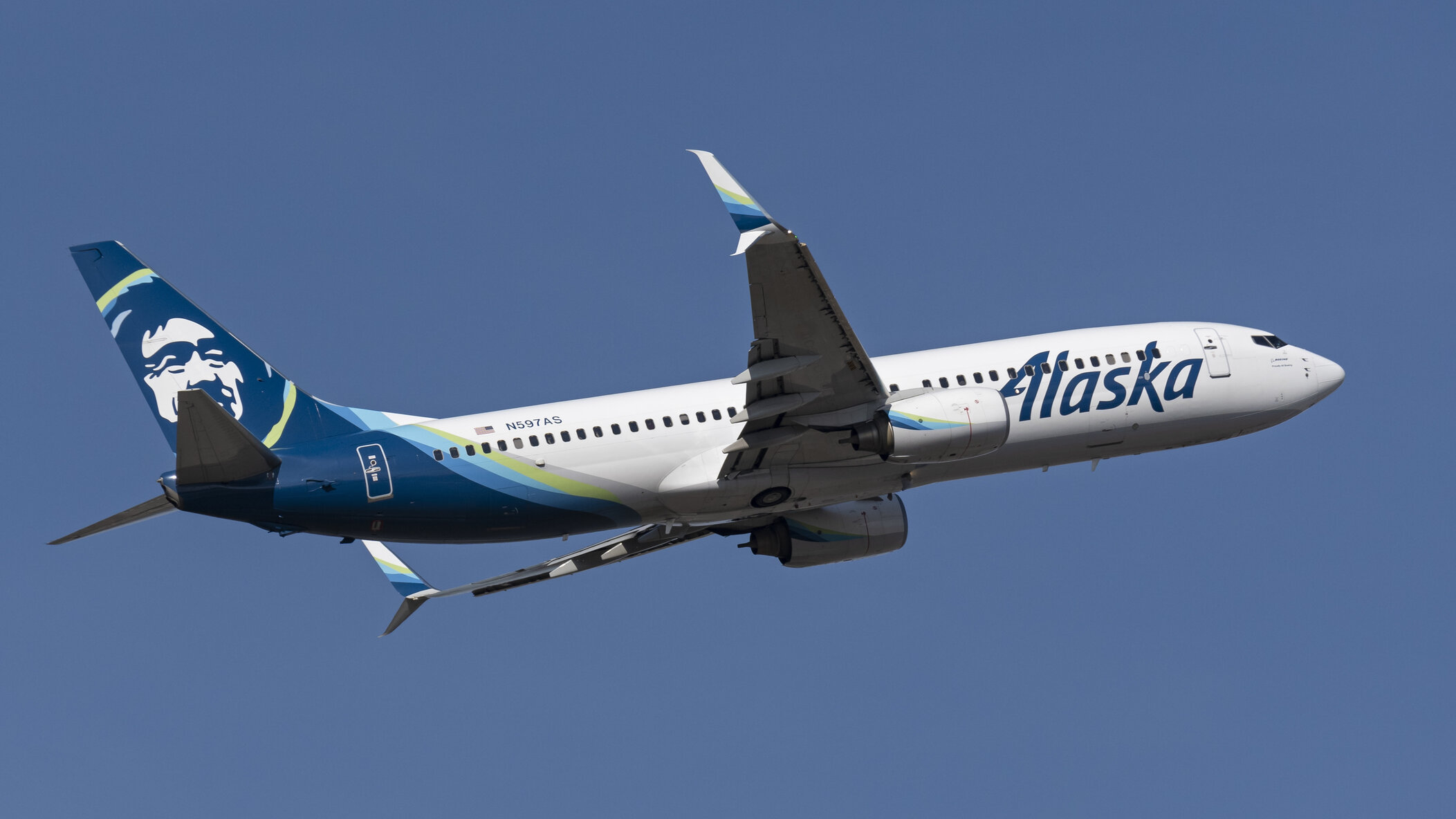Flight turbulence has been on an uptick lately, with a number of flights this year hitting increased turbulence in the air, with some encounters ending in injuries and even one death. The culprit of the increased turbulence we’re seeing? Climate change.
U.S. Transportation Secretary Pete Buttigieg revealed that climate change is one of the culprits behind the increase in turbulent encounters that flights have seen this year. “The reality is, the effects of climate change are already upon us in terms of our transportation,” he told CBS (via CNBC).
Of course, these statements are also supported by research. That research was featured in a study published in the journal Geophysical Research Letters in 2023. The findings in that study show a clear increase in the amount of clear-air turbulence (CAT) experienced by flights between 1979 and 2020.

Further, the research found that the strongest category of flight turbulence, “severe-or-greater,” became 55 percent more frequent over the North Atlantic over that time period. Buttigieg says that “our climate is evolving” and that we need to evolve accordingly.
Thankfully, the deaths I mentioned before have still been exceptionally rare. But the point still stands that turbulence in flights continues to grow worse and that it is likely only going to get worse as climate change continues to wreak havoc on our planet.
The problem with these ongoing changes to flight turbulence is that it makes it harder for us to predict where air pockets and other turbulence causes will appear. This makes it more likely an aircraft will run into one of these events without much warning, possibly causing injury — or at the least, an uncomfortable flight for the passengers aboard.
Of course, there’s nothing we can do to reduce the chances of turbulence hitting aircraft during flight. But if we can slow things down and perhaps even reverse some of the effects of the ongoing climate change issues, perhaps we could see fewer issues cropping up in the future.







